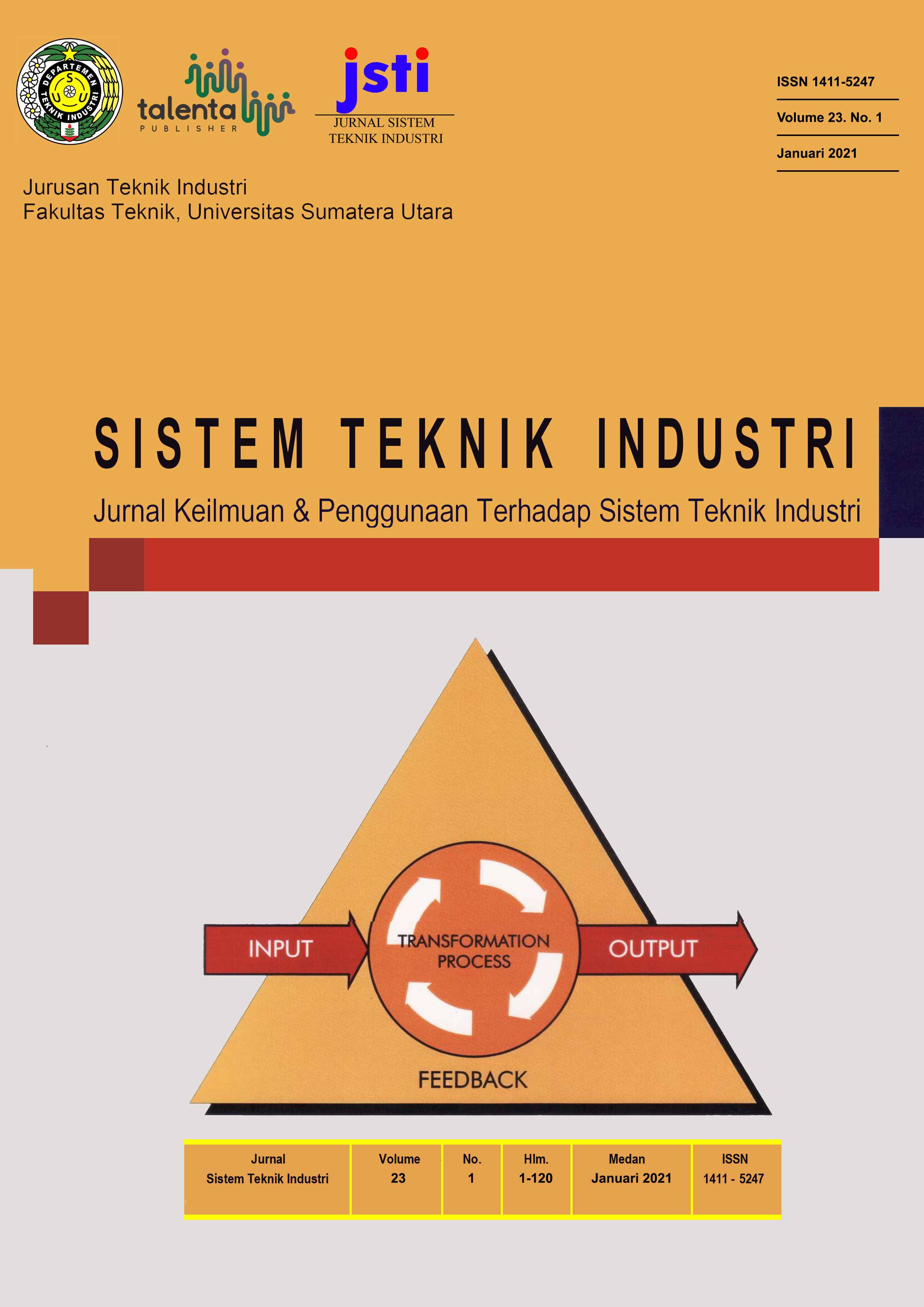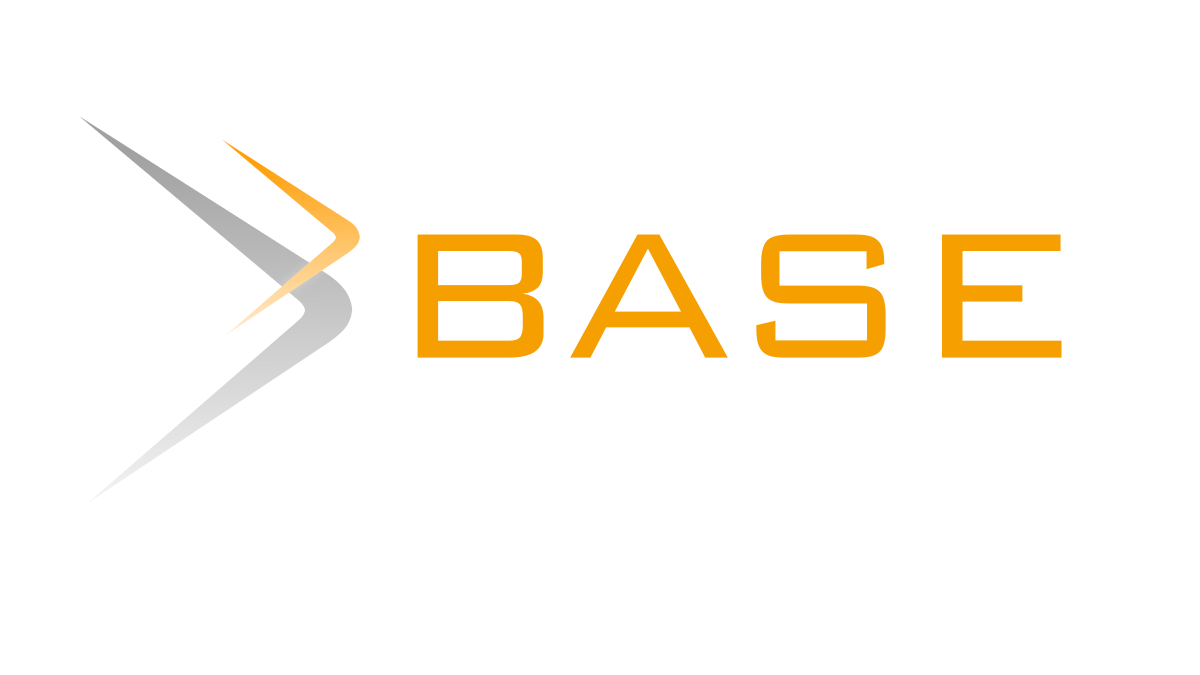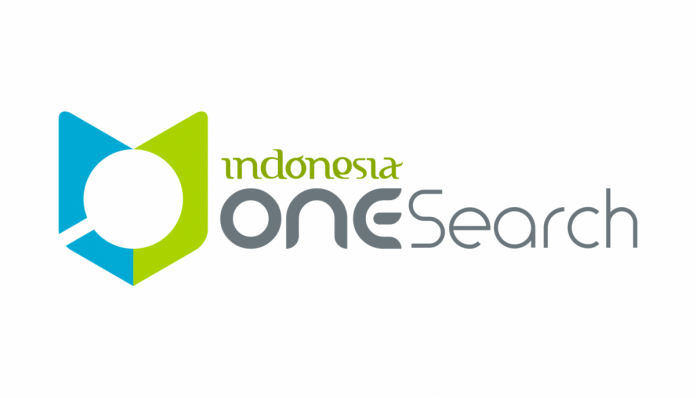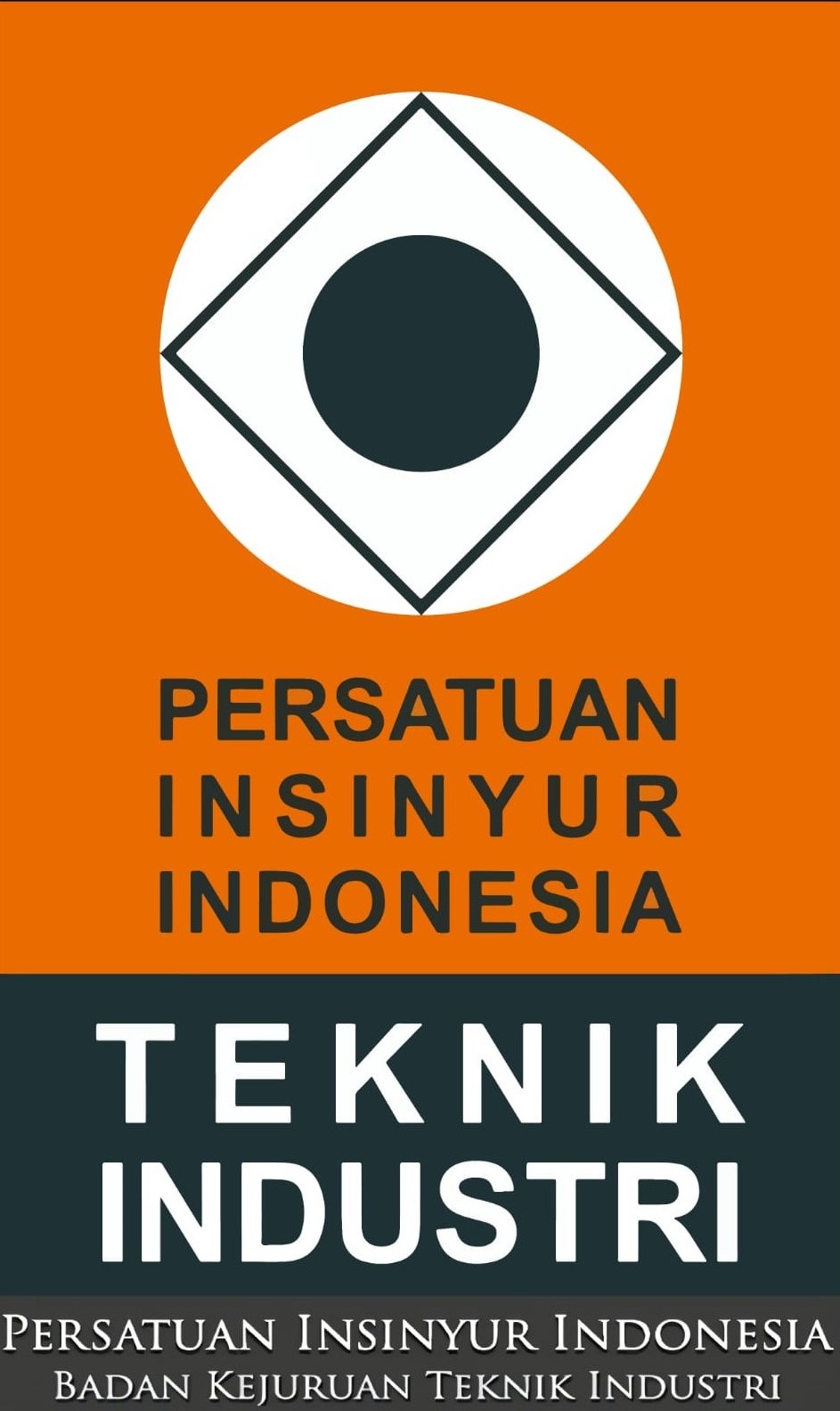Pengukuran Beban Kerja Mental Bagian Marketing PT. Pindo Deli di Masa Covid-19 dengan Metode NASA TLX
DOI:
https://doi.org/10.32734/jsti.v23i1.4873Keywords:
Marketing, Manager, NASA-TLX, Mental WorkloadAbstract
PT. Pindo Deli is a national company that produces paper, which is located in Kutamekar Village BTB6/9, Karawang Regency, West Java. It produces various types of paper with a market share of 60% for exports and 40% for domestic. The condition of the Covid-19 pandemic also has an impact on the marketing and sales of paper, namely a decrease in the number of requests from the export and domestic markets. This condition certainly has affected the marketing department because it is still determined to be able to sell paper to the market. Job as marketing tend to have a high risk of mental workload, because they are required to always involve the brain's performance in completing their work. The purpose of this study is to measure the level of mental workload in the marketing department at the manager level, namely the regional managers and product managers in meeting their job demands, especially during the Covid-19 pandemic. The method used to measure the mental workload of managers is NASA TLX method. From the research results, it is found that 42% of manager had a high level of mental workload and the remaining 58% were in the very high category.
Downloads
References
S. Effendi, “Pandemi dan Disrupsi Perdagangan Internasional,†Katadata.co.id, 2020.
Yassierli, G. B. Pratama, D. A. Pujiartati, and P. A. R. Yamin, Ergonomi Industri. Cetakan Pertama, Bandung: Penerbit PT. Remaja Rosdakarya, 2020.
H. Iridiastadi and Yassierli, Ergonomi Suatu Pengantar. PT. Remaja Rosdakarya, Bandung, 2015.
S. G. Hart and L. E. Staveland, “Development of NASA-TLX (Task Load Index): Results oof Empirical and Theoretical Research.,†Advances in psychology. pp. 139–183, 1998.
S. Rubio, E. Diaz, and J. Martin, “Evaluation of Subjective Mental Workload: A Comparasion of SWAT, NASA-TLX, and Workload Profile Methods,†Appl. Psychol., vol. 53, no. 1, pp. 61–86, 2004.
Amri and Herizal, “Analisis Beban Kerja Psikologis dengan Menggunakan Metode NASA-TLX pada Operator Departemen Fiber Line di PT. Toba Pulp Lestari,†Ind. Eng. J., vol. 6, no. 1, pp. 29–35, 2017.
Tarwaka, Ergonomi Industri, Dasar-dasar Pengetahuan Ergonomi dan Aplikasi di Tempat Kerja, Edisi II. Surakarta: Harapan Press, 2015.
Riono, Suparno, and A. Bandono, “Analysis of Mental Workload with Intergated NASA-TLX and Fuzzy Method,†Int. J. ASRO, vol. 1, no. 1, pp. 37–45, 2018.
D. Diniaty and M. Ikhsan, “Analisis Beban Kerja Mental Operator Produksi Pabrik Kelapa Sawit dengan Metode NASA-TLX di PT. Bina Pratama Sakato Jaya, Dharmasraya,†J. Tek. Ind., vol. 1, no. 1, pp. 1–6, 2018.
A. Gregorius, SPSS Komplet untuk Mahasiswa. Jakarta: Kompas Gramedia, 2018.
Downloads
Published
How to Cite
Issue
Section
License
Copyright (c) 2021 Jurnal Sistem Teknik Industri

This work is licensed under a Creative Commons Attribution-ShareAlike 4.0 International License.
The Authors submitting a manuscript do so on the understanding that if accepted for publication, the copyright of the article shall be assigned to TALENTA Publisher Universitas Sumatera Utara as the publisher of the journal.
Copyright encompasses the rights to reproduce and deliver the article in all forms and media. The reproduction of any part of this journal, its storage in databases, and its transmission by any form or medium will be allowed.



















